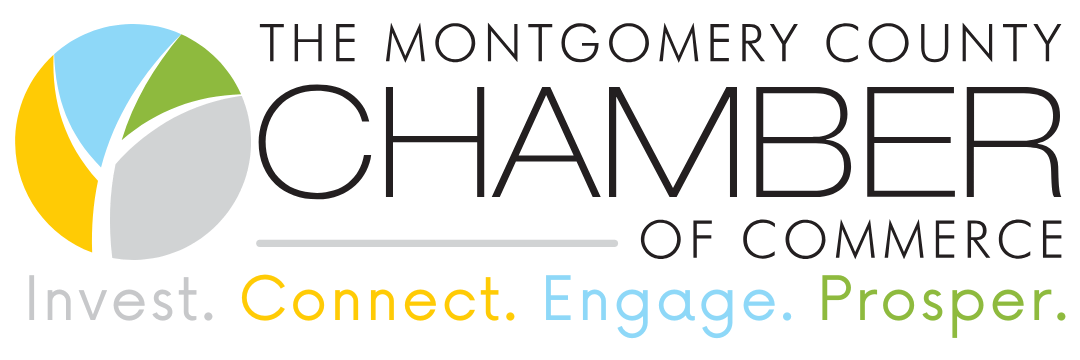Inclusivity in Community Engagement: Reaching out to Diverse Audiences
Inclusivity in Community Engagement: Reaching out to Diverse Audiences
In today's interconnected world, it's more important than ever for communities, organizations, and leaders to practice inclusivity. When discussing community engagement, this means ensuring that all members of the community, regardless of their background, have a voice and are given the opportunity to participate fully. This not only fosters understanding and unity but also helps in making more informed decisions that benefit everyone.
Why Inclusivity Matters
-
Diverse Perspectives Bring Strength: Each individual, based on their unique experiences and backgrounds, brings a unique perspective to the table. When we include diverse voices, we can access a broader range of ideas, solutions, and creative approaches.
-
Community Trust and Unity: Inclusivity fosters trust. When members of a community feel that they are valued and heard, they are more likely to trust the processes and outcomes of community decisions.
-
Equitable Outcomes: Inclusive community engagement ensures that the needs and interests of all community members are considered, leading to outcomes that are more just and equitable.
Reaching Out to Diverse Audiences
-
Active Listening: Begin by genuinely listening to what diverse groups within your community have to say. This can be achieved through town hall meetings, surveys, or one-on-one discussions.
-
Collaborate with Community Leaders: Partnering with local leaders from diverse backgrounds can help bridge gaps and foster trust among different groups.
-
Accessible Platforms: Ensure that the platforms or mediums used for communication are accessible to everyone. This includes considering language barriers, technology accessibility, and physical accessibility for in-person events.
-
Cultural Sensitivity Training: Equip your team or community leaders with cultural sensitivity training. This will ensure respectful and effective communication across diverse groups.
-
Flexible Timing: Consider the timings of your meetings and events. Make sure they don’t coincide with cultural or religious events and are convenient for the majority.
-
Feedback Mechanism: After community events or discussions, solicit feedback. This will provide insights into what worked and what didn’t, enabling continuous improvement.
Challenges and Overcoming Them
-
Misunderstandings and Stereotypes: The first step to overcoming stereotypes is acknowledging they exist. Encourage open dialogues about misconceptions and ensure that there's a safe space for people to express their thoughts.
-
Language Barriers: Consider hiring interpreters for meetings or providing materials in multiple languages.
-
Resistance to Change: Some community members might resist inclusive practices, feeling that they're losing their voice. Reiterate the importance of everyone's voice and ensure that inclusivity doesn't mean sidelining anyone.
Inclusivity is a Journey, Not a Destination
Achieving inclusivity in community engagement is not a one-time effort. It's a continuous journey of learning, adapting, and growing. As communities evolve, so will their needs and perspectives. It's up to community leaders and members to ensure that they remain open, receptive, and committed to the principle of inclusivity.
In conclusion, as the world continues to evolve, so must our approach to community engagement. Embracing inclusivity is not just a moral imperative but a practical one. By ensuring that every voice is heard and valued, we pave the way for stronger, more united, and prosperous communities.
.png)

